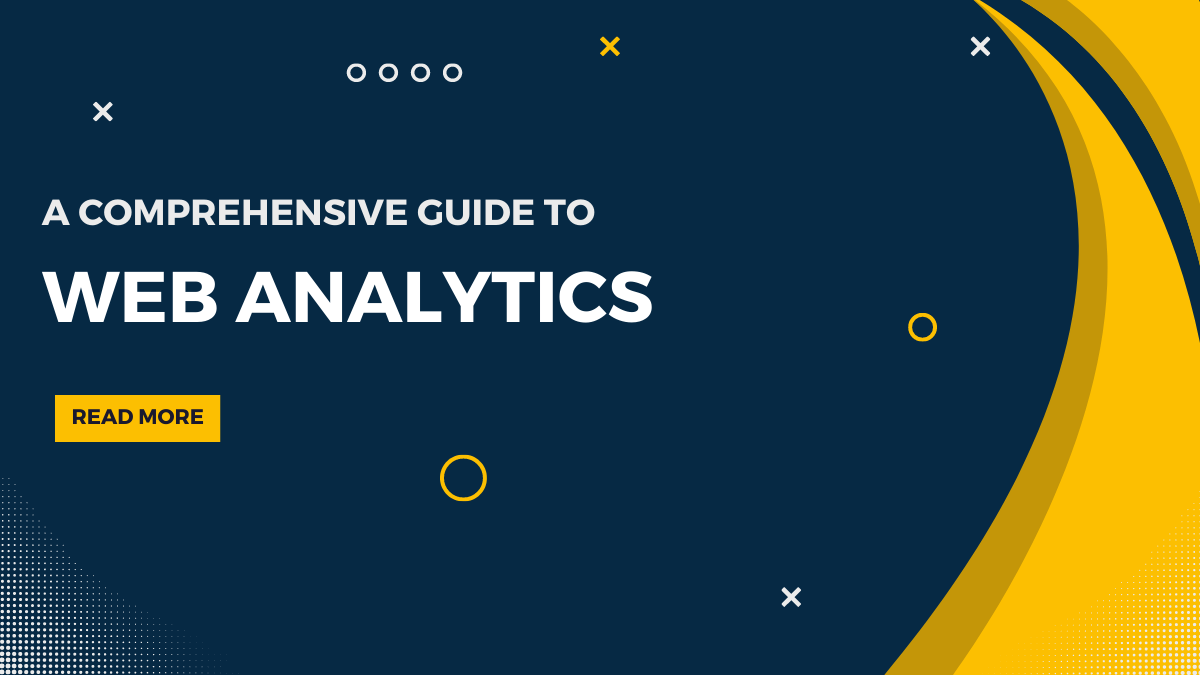Web analytics is the process of collecting, measuring, and analyzing website traffic data to understand and optimize website performance. It is a powerful tool that can help businesses to understand their website visitors, track their progress, and make informed decisions about their marketing and website development strategies.
However, web analytics can be a complex and daunting subject. There is a lot of data to collect and analyze, and it can be difficult to know where to start. This guide will demystify web analytics and help you to understand the power of data.
We will cover the following topics:
- What is web analytics?
- Why is web analytics important?
- What are the benefits of web analytics?
- How to collect web analytics data
- How to analyze web analytics data
- How to use web analytics data to improve your website
What is web analytics?
Web analytics is the process of collecting, measuring, analyzing, and reporting data related to website usage and user behavior. It involves tracking and studying various metrics to gain insights into how visitors interact with a website, with the ultimate goal of optimizing its performance and achieving specific objectives.
Why is web analytics important?
Web analytics is important because it can help you to understand your website visitors and their behavior. This information can be used to improve your website’s content, design, and functionality. Web analytics can also help you to track your website’s performance over time and identify areas where you can improve.
What are the benefits of web analytics?
There are many benefits to using web analytics, including:
- Understanding your website visitors
- Tracking your website’s performance
- Identifying areas for improvement
- Making informed decisions about your marketing and website development strategies
- Improving your website’s content, design, and functionality
- Increasing your website’s traffic and conversions
How to collect web analytics data
There are many different ways to collect web analytics data. The most common method is to use a web analytics tool, such as Google Analytics. These tools track website traffic and provide detailed reports on your website’s performance.
How to analyze web analytics data
Once you have collected web analytics data, you need to analyze it to understand your website visitors and their behavior. This can be done by using the reports provided by your web analytics tool. You can also use third-party tools to analyze your web analytics data.
How to use web analytics data to improve your website
Web analytics reveals user preferences and pain points, enabling businesses to optimize website design, content, and navigation. By improving the user experience, organizations can boost engagement, reduce bounce rates, and increase conversions. Monitoring web analytics over time helps identify trends and opportunities for growth. Seasonal fluctuations, emerging market segments, and popular content can be recognized, allowing businesses to capitalize on these insights.
In conclusion, web analytics is an indispensable tool in today’s digital landscape. By harnessing the power of data, businesses can gain a deeper understanding of their audience, enhance user experiences, and drive growth. From identifying potential areas for improvement to optimizing marketing efforts, web analytics empowers organizations to make informed decisions that lead to long-term success. Embrace the power of web analytics, and propel your online endeavors to new heights!
